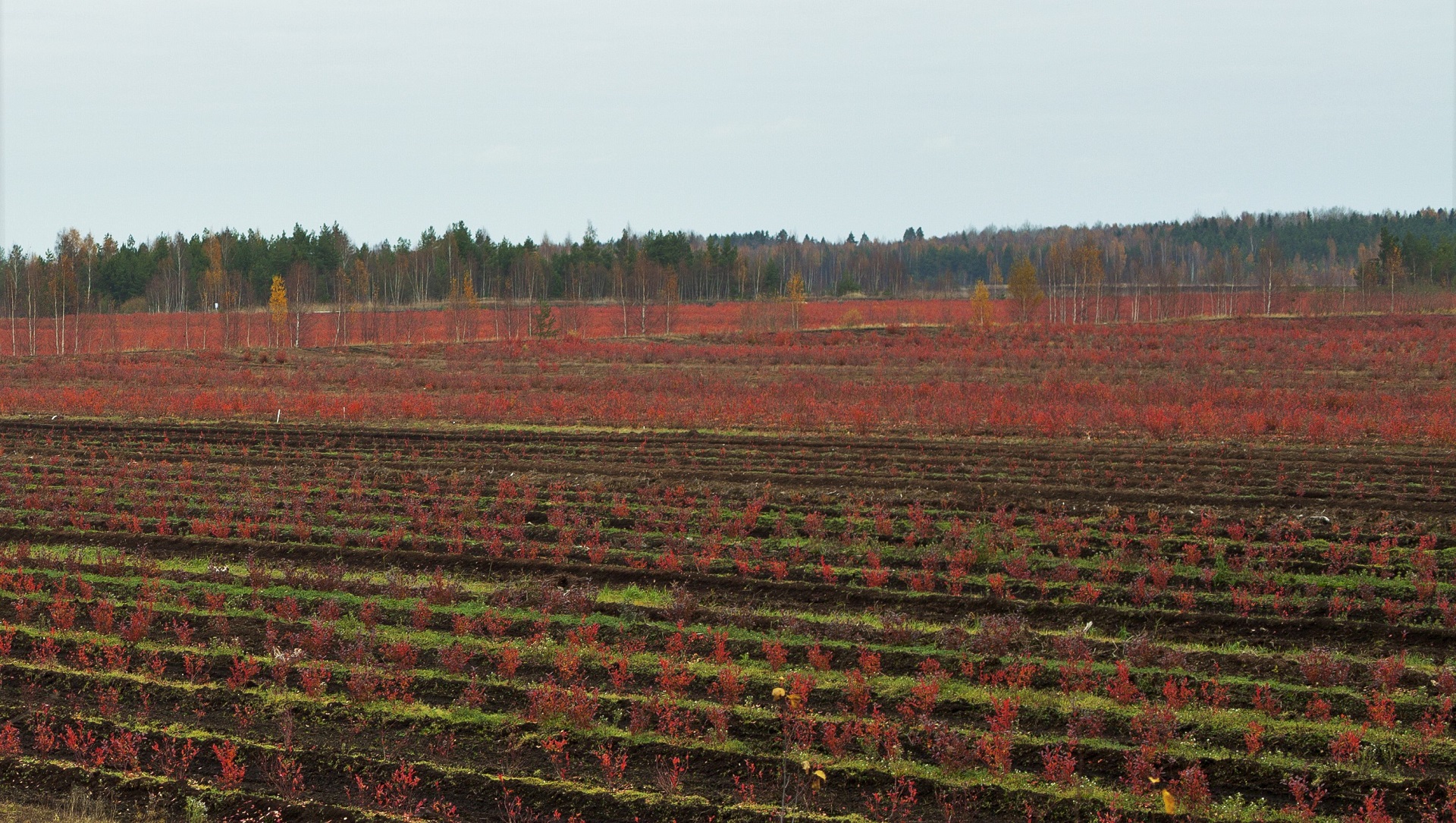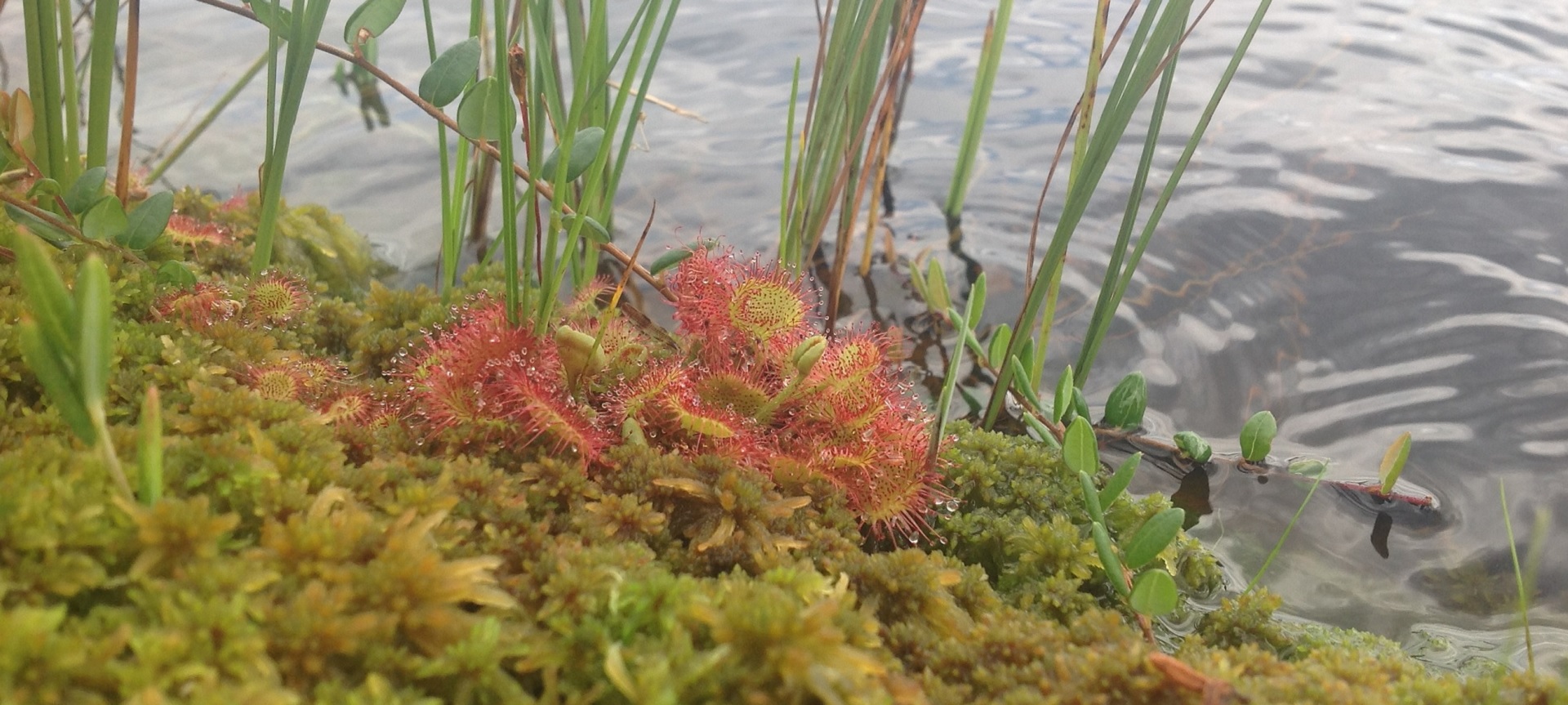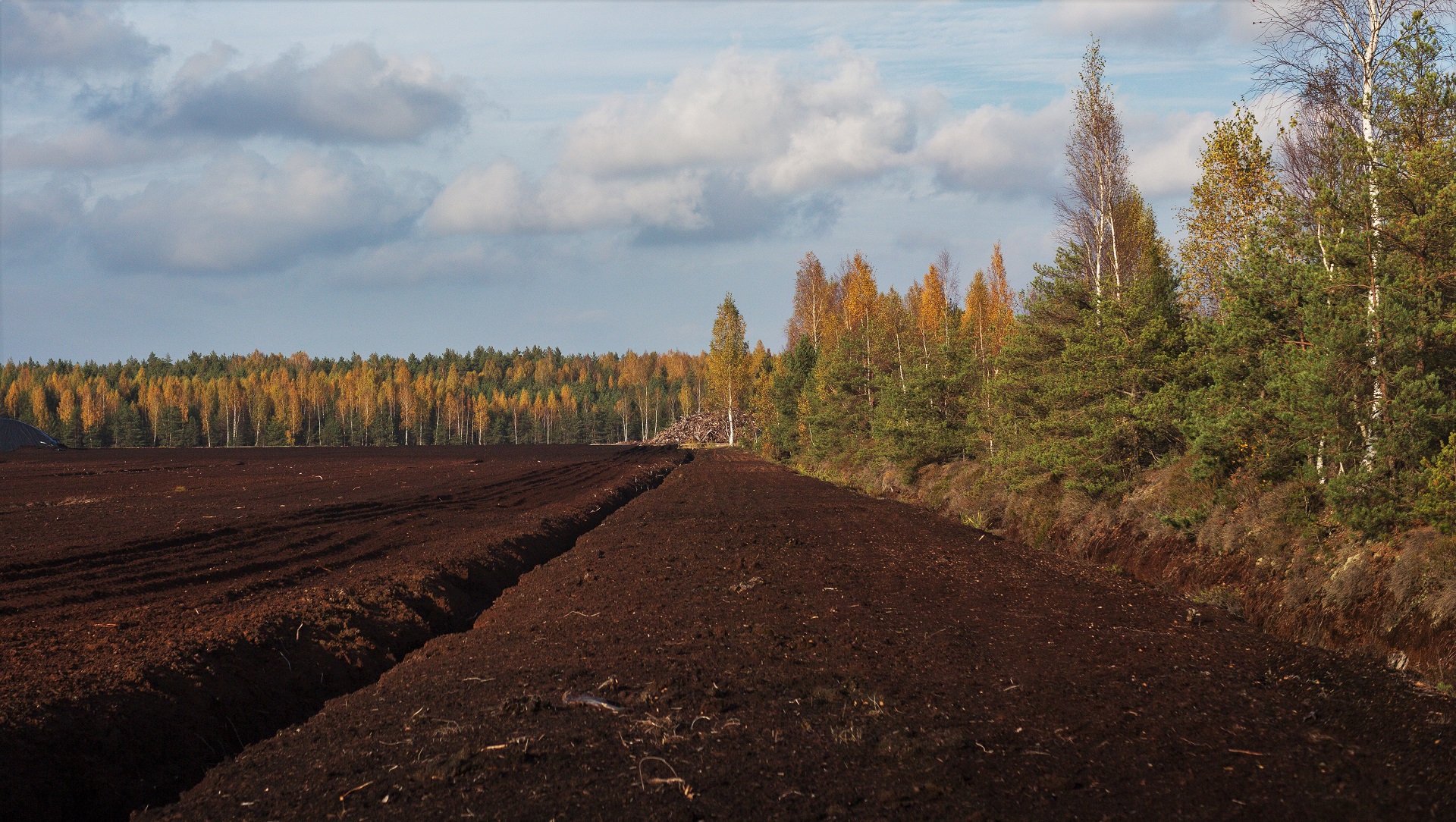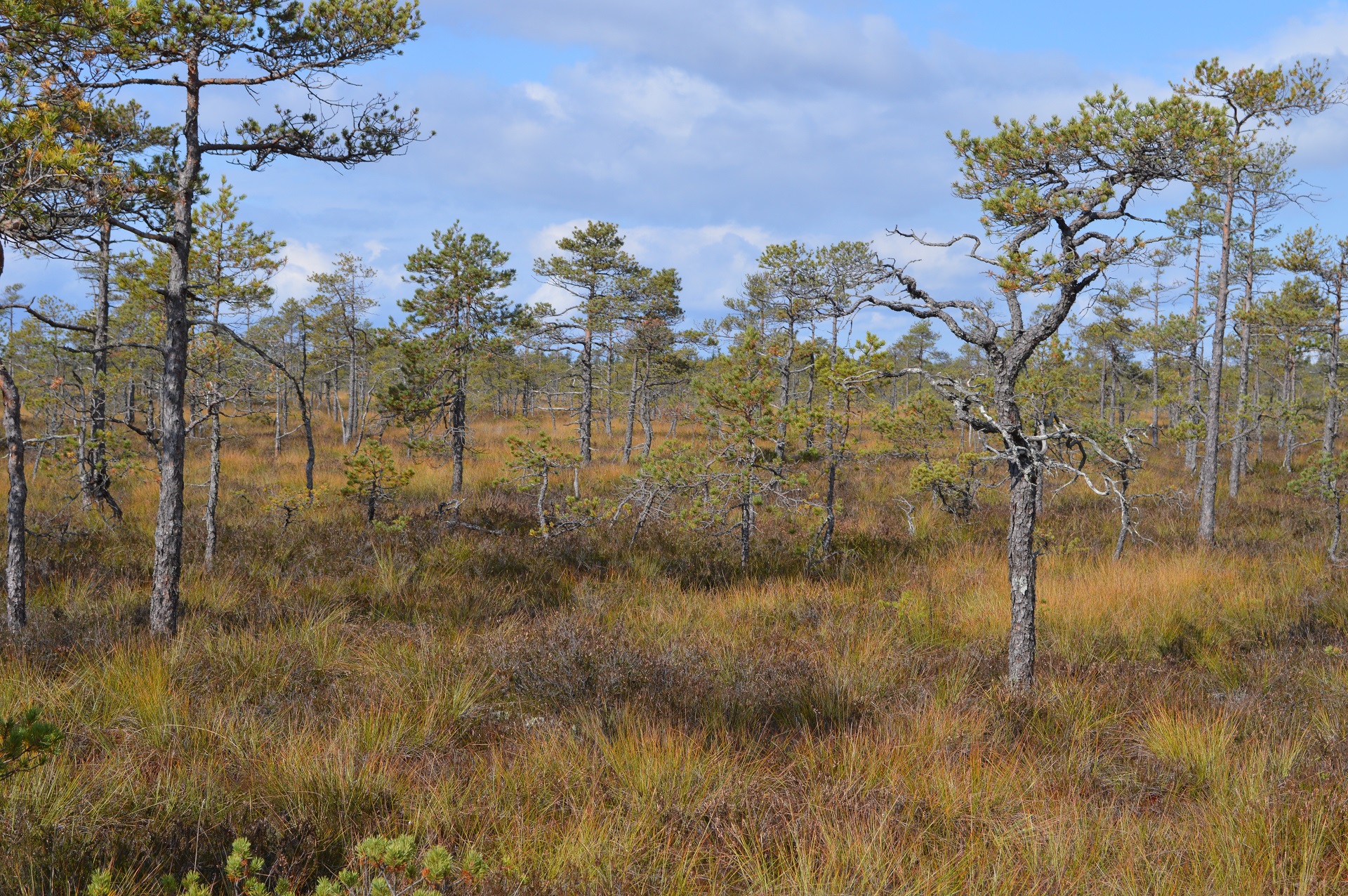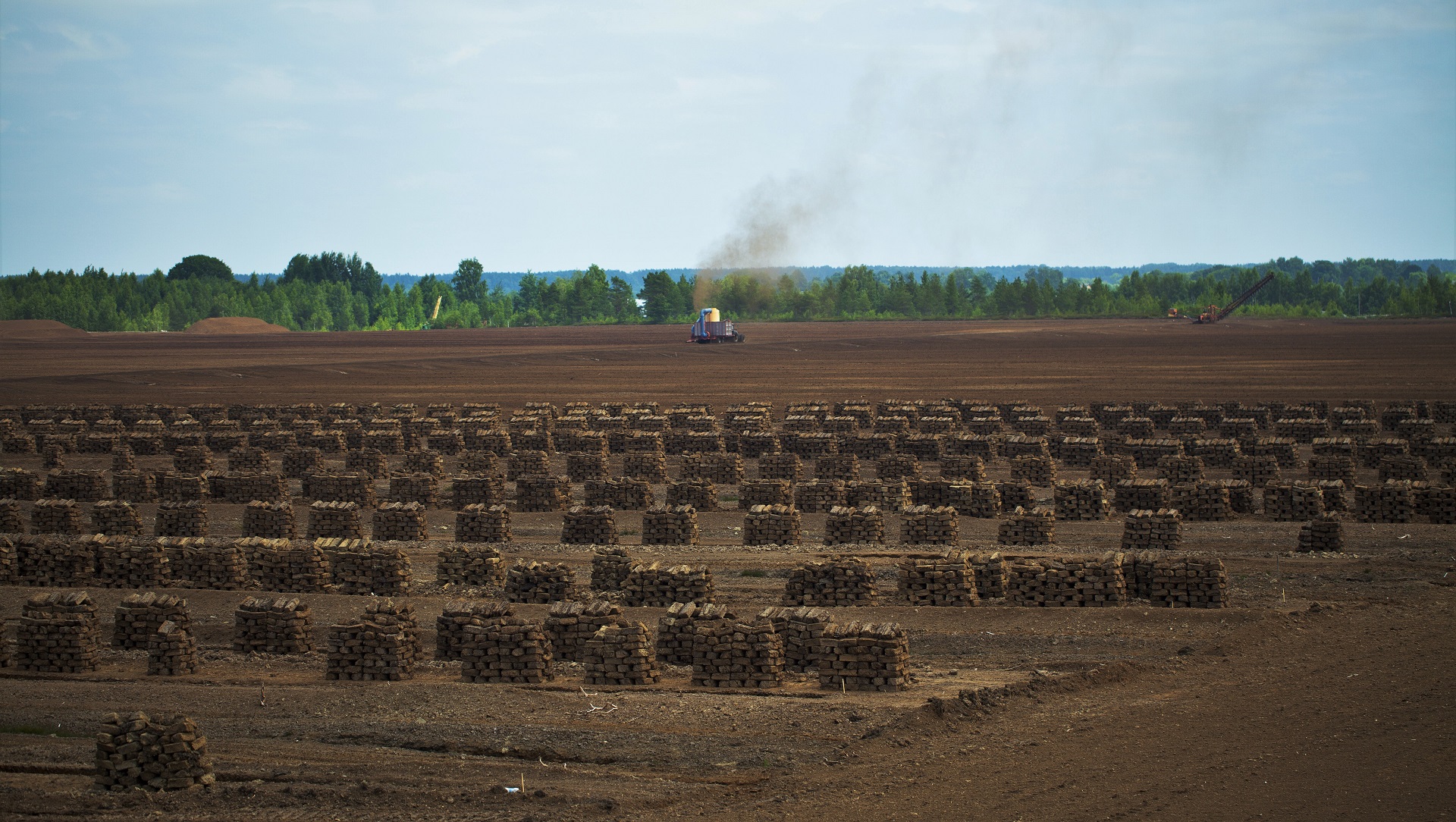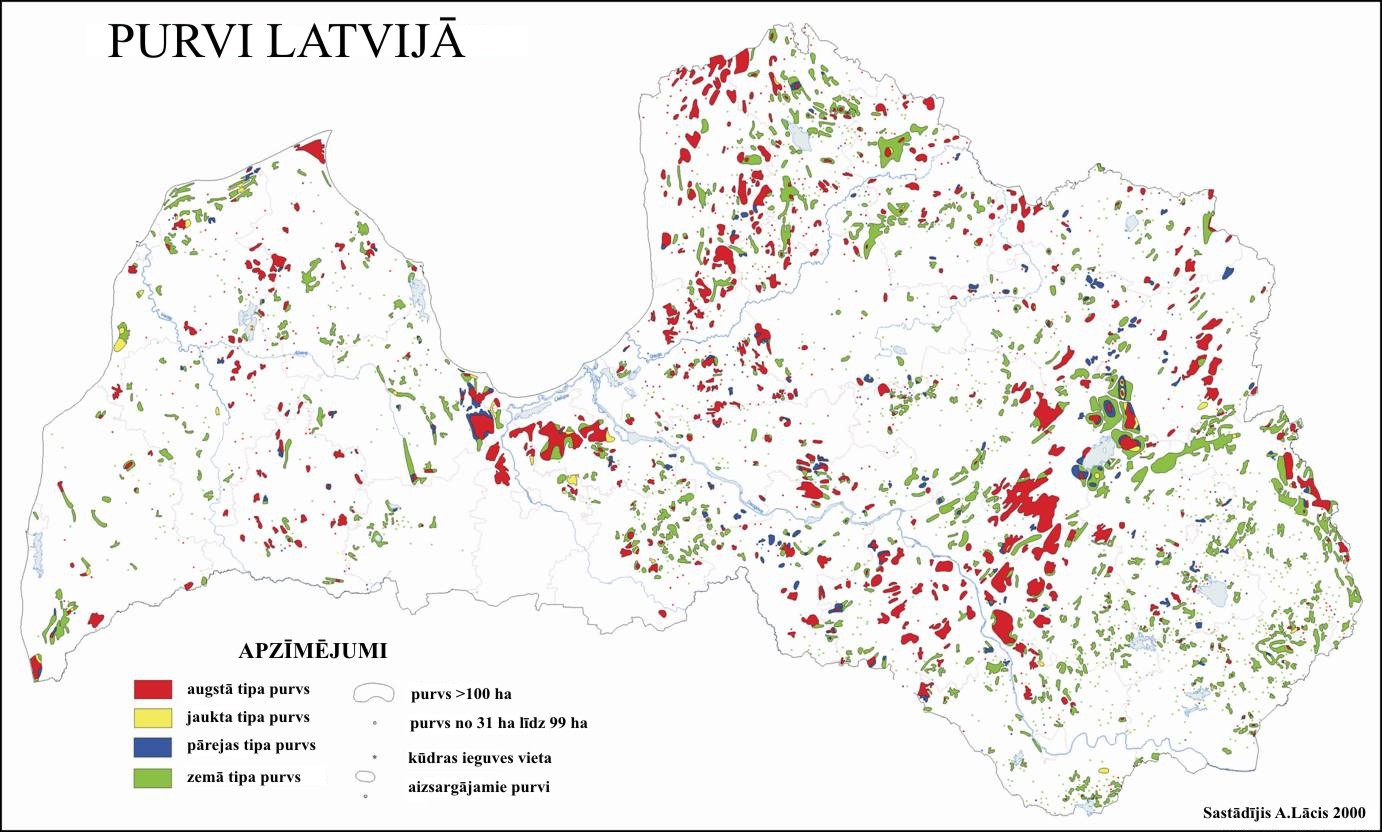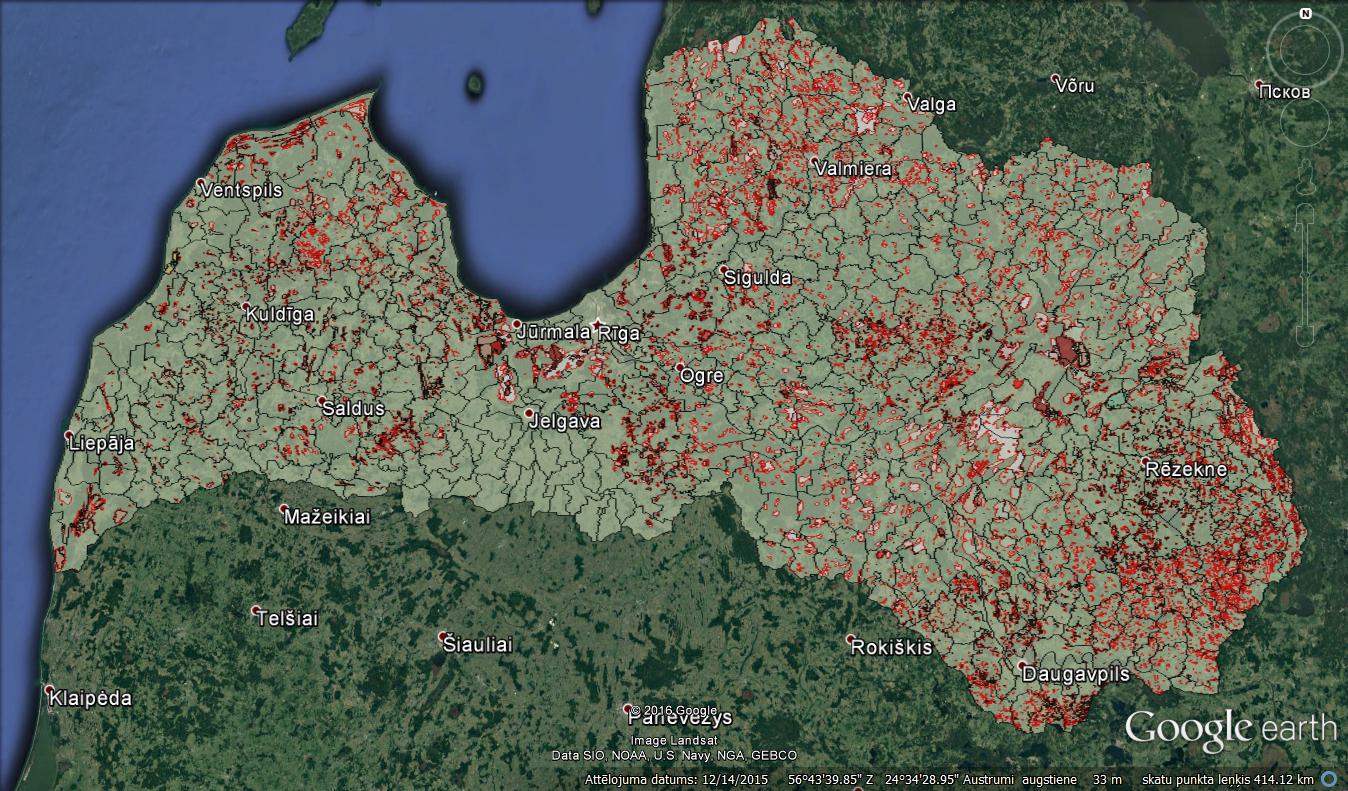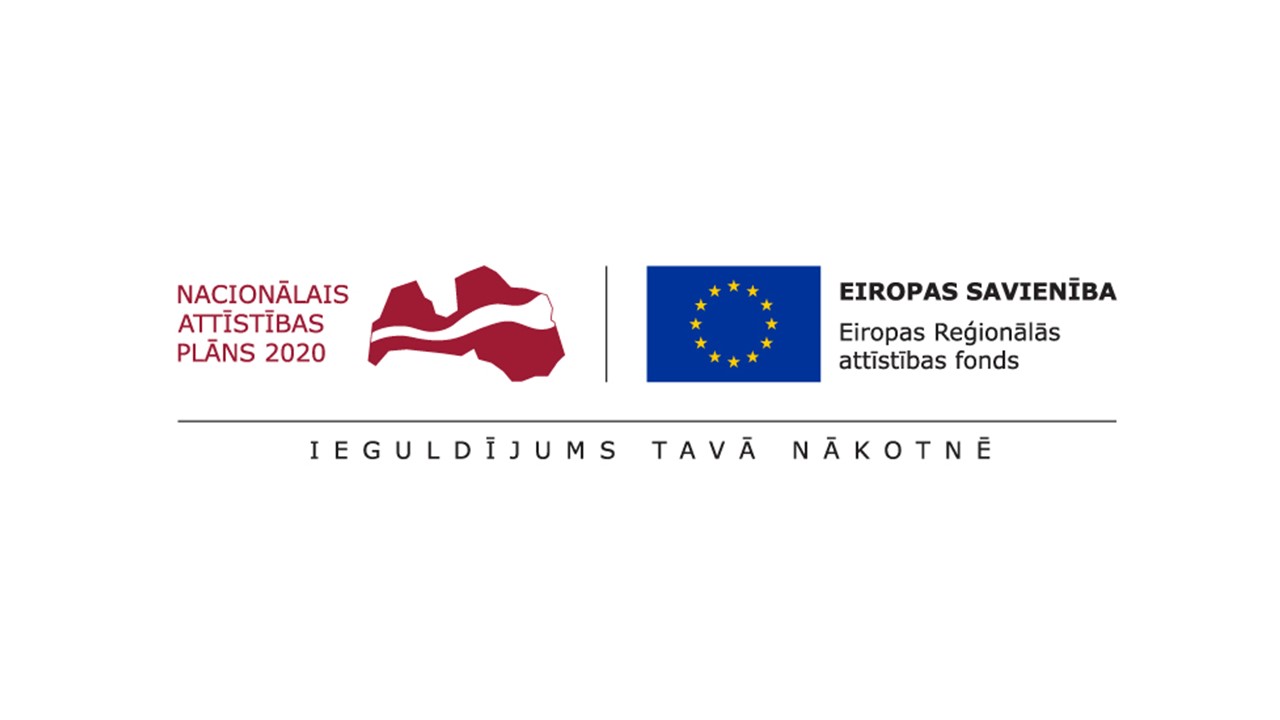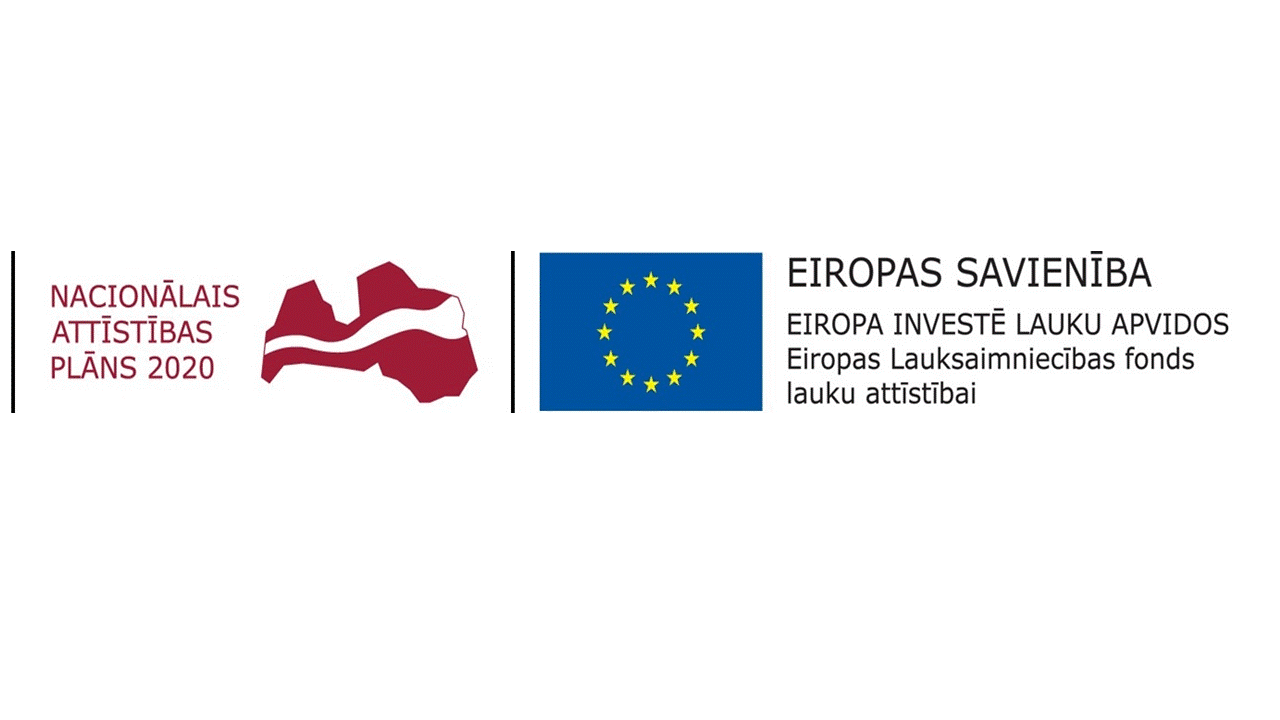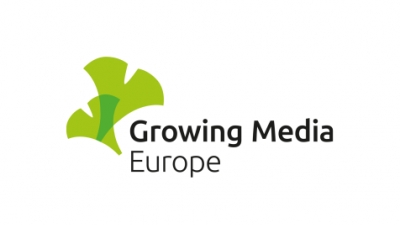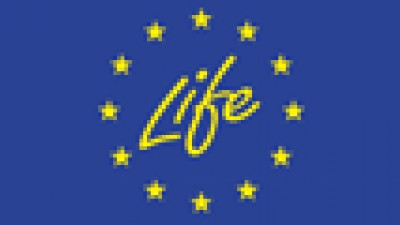Bogs
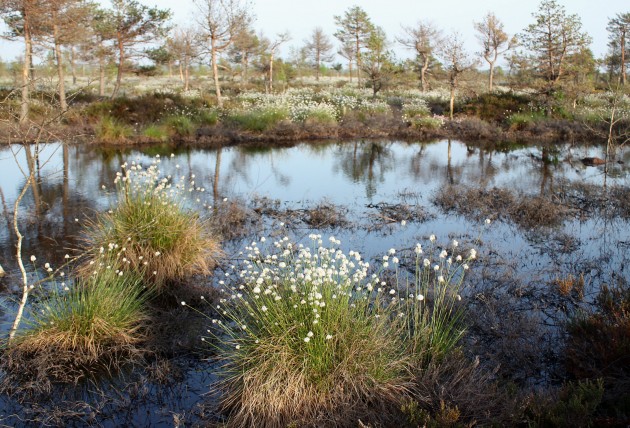
Bogs are one of the biggest Latvia's natural resources and
nowadays they cover more than 10% of national territory.
Approximately 9,600 peat deposits have been identified in Latvia.
They contain a total of over 1.7 billion tons of
peat.
The largest by area is raised peat bogs,
located in the East Latvia lowland, Coastal lowland, Middle lowland
and North Vidzeme lowland. Bogs in Latvia are not facing
extinction. Latvian terrain (slightly wavy, with many lowlands) and
climatic conditions (rainfall exceeds evaporation) are very
beneficial for further development of existing bogs, renewal of
extracted bogs and creation of new bogs.
In Latvia, a boggy place where the peat layer in undrained
condition is at least 30 cm thick, is called a bog. In the
Protection Zone Law the bog is defined as an ecosystem on peat soil
in which the tree height at the specific location can not reach
more than 5 m.
Bog area is 645 100 ha that is 10% of Latvia's territory. Peat extraction takes place in 4% of the total area of bogs. 69.7% of bog areas are in an intact state, 23.4% have been drained, 1.8% of peat reserves have already been used, and 1.2% have water reservoirs installed ( LVGMC).
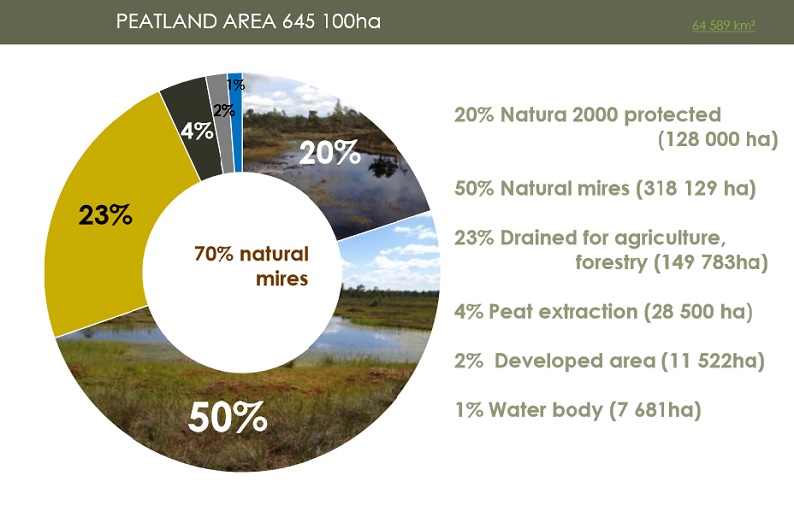
Peat formation takes place mainly in bogs. Bog is an excessively wet place, where mother rock of soil is covered by peat layer, whose thickness naturally in undrained condition is larger than 30 cm. Mainly, bogs form due to overgrowth of water bodies (lakes, oxbows, ponds, etc.) or when the land paludifies. Three main types of bogs are as follows: low (grass), raised (moss) and the transition type. Respectively, the division of peat is based on peat formation conditions.
Information about bogs - peat deposits can be obtained HERE .
Latvian peat bogs map, 2013
